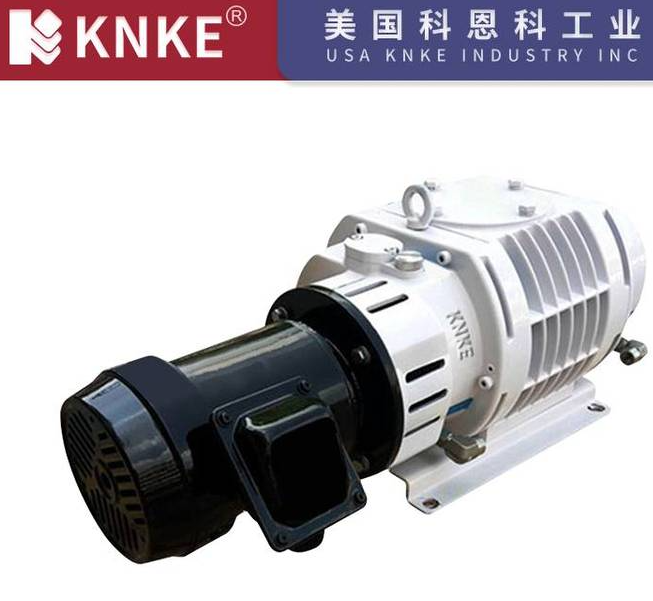Troubleshooting Common Vacuum Pump Problems
Vacuum pumps are essential equipment in various industrial processes and laboratories. Ensuring their proper function is critical for optimal performance. This article outlines common vacuum pump issues, their causes, and effective solutions to help you diagnose and quickly resolve problems.

1. Reduced Pumping Speed or Decreased Vacuum Level
Insufficient pumping speed or reduced vacuum level usually occurs due to leaks within the vacuum system, including the vacuum chamber, piping, valves, and connectors. Achieving complete airtightness is challenging; therefore, regular inspection and maintenance to identify and seal leaks promptly are crucial. High operating gas temperature can also negatively impact vacuum levels; installing gas cooling devices can significantly reduce temperatures and improve performance.
2. Bearing Overheating
Bearing overheating can result from:
- Misalignment between pump shaft and motor shaft
- Bending or deformation of the pump shaft
Regularly inspect and correct shaft alignment issues, replace or adjust damaged bearings, and maintain bearing temperatures within recommended operational limits.
3. Difficulty Starting the Pump and Motor Overload
Common causes of difficult startup and excessive motor current include:
- Bending or deformation of the pump shaft
- Operating parameters exceeding the pump’s design specifications
- Friction in rotating components
Regularly inspect and realign the pump shaft, control operational parameters using valves within acceptable ranges, and disassemble the pump to remove internal friction-causing debris if necessary.
4. Abnormal Vibrations and Noises
Abnormal vibrations and noises typically result from:
- Misalignment of the pump shaft and motor shaft
- Bending or deformation of the pump shaft
- Friction among rotating components
Routine inspections of shaft alignment and timely adjustments or replacements of damaged parts, combined with proper lubrication and cleaning, will eliminate unwanted friction and vibrations.
5. Severe Wear and Shortened Lifespan
Vacuum pumps not only remove air but also moisture and dust particles from materials, accelerating wear and reducing lifespan if these contaminants enter the pump.
Solution: Install dust collectors or filters between the vacuum chamber and pump to effectively remove impurities and particles, ensuring clean gas flow into the pump, thereby extending the pump’s operational life.
Frequently Asked Questions (FAQ)
Q1: What causes a vacuum pump to lose its vacuum level?
- A vacuum pump often loses vacuum due to leaks in the vacuum system or high operational gas temperatures. Regular maintenance and installation of cooling devices can mitigate this.
Q2: Why is my vacuum pump overheating?
- Overheating may occur from misaligned shafts, bent shafts, or inadequate lubrication. Regular maintenance and alignment checks can prevent overheating.
Q3: How can I reduce noise and vibrations in my vacuum pump?
- Regular alignment checks, timely replacement of worn components, and proper lubrication will significantly reduce noise and vibration.
Q4: How do I prevent vacuum pump wear?
- Installing filters or dust collectors can greatly reduce contaminants entering the pump, reducing wear and extending lifespan.
Timely and effective troubleshooting ensures the stability and longevity of vacuum pumps. Use this guide for routine maintenance and troubleshooting to keep your vacuum pump in optimal operating condition.
